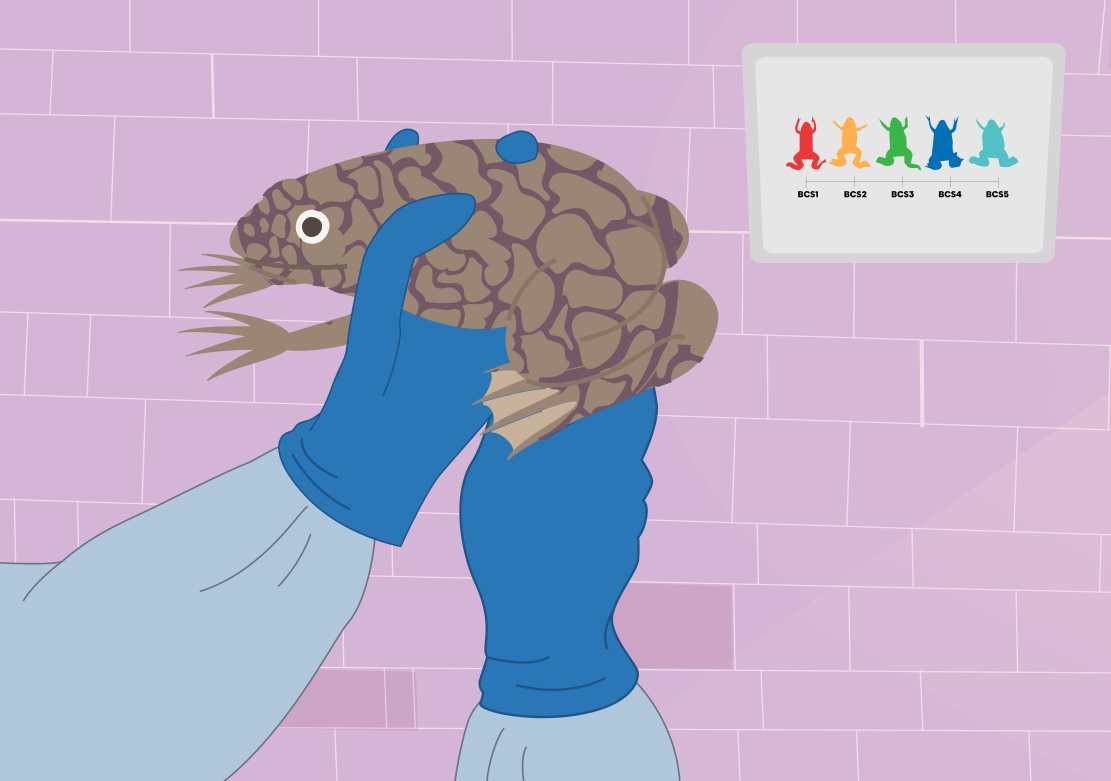Converting Medical Scans to 3D Models and Augmented Reality for Medical Education
About this episode
Medical imaging has revolutionized our ability to non-invasively peer into the body and spot problems. However, interpreting such images correctly is a skilled task, requiring years of specialized training. Medical scans show a series of 2D images representing a cross-sectional view of the body; so, identifying specific features and understanding how the image relates to the patient’s body is not straightforward. While 3D medical images can sometimes be created by stacking 2D images together, this typically requires specialized computers, software, and training, making such imagery less accessible for medical education. Illustrative images that can be created quickly and cheaply could greatly enhance medical education and would also be beneficial for clinicians. Read More
Original Article Reference
Summary of the paper ‘The potential of 3D models and augmented reality in teaching cross-sectional radiology’, in Medical Teacher, doi.org/10.1080/0142159X.2023.2242170
Contact
For further information, you can connect with Dr. Leanne Lin on her webpage: medicine.umich.edu/dept/radiology/leanne-lin-md

What does this mean?
Share: You can copy and redistribute the material in any medium or format
Adapt: You can change, and build upon the material for any purpose, even commercially.
Credit: You must give appropriate credit, provide a link to the license, and indicate if changes were made.





